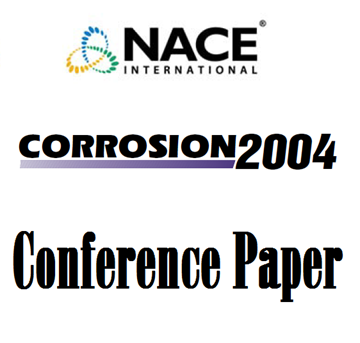Search
Microstructural Evaluation of Calcareous Deposits on TSA-coated Steel Structures at Elevated Temperatures
Also Purchased
04022 Experiences on Thermal Spray Aluminum (TSA) Coating for Offshore Structures
Product Number:
51300-04022-SG
ISBN:
04022 2004 CP
Publication Date:
2004
$20.00
Deployment of CUI Prevention Strategies and TSA Implementation in Projects
Product Number:
51312-01100-SG
ISBN:
01100 2012 CP
Publication Date:
2012
$20.00
51314-4196-Corrosion of Cathodically Polarized TSA in Subsea Mud at High Temperature
Product Number:
51314-4196-SG
ISBN:
4196 2014 CP
Publication Date:
2014
$0.00




